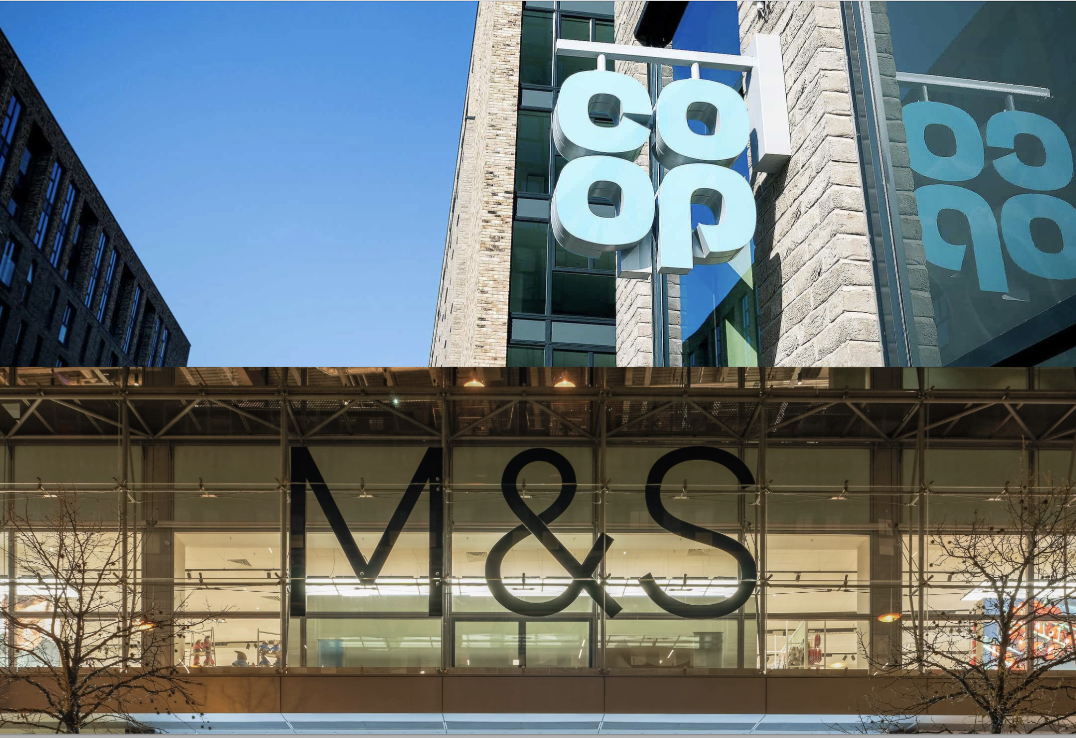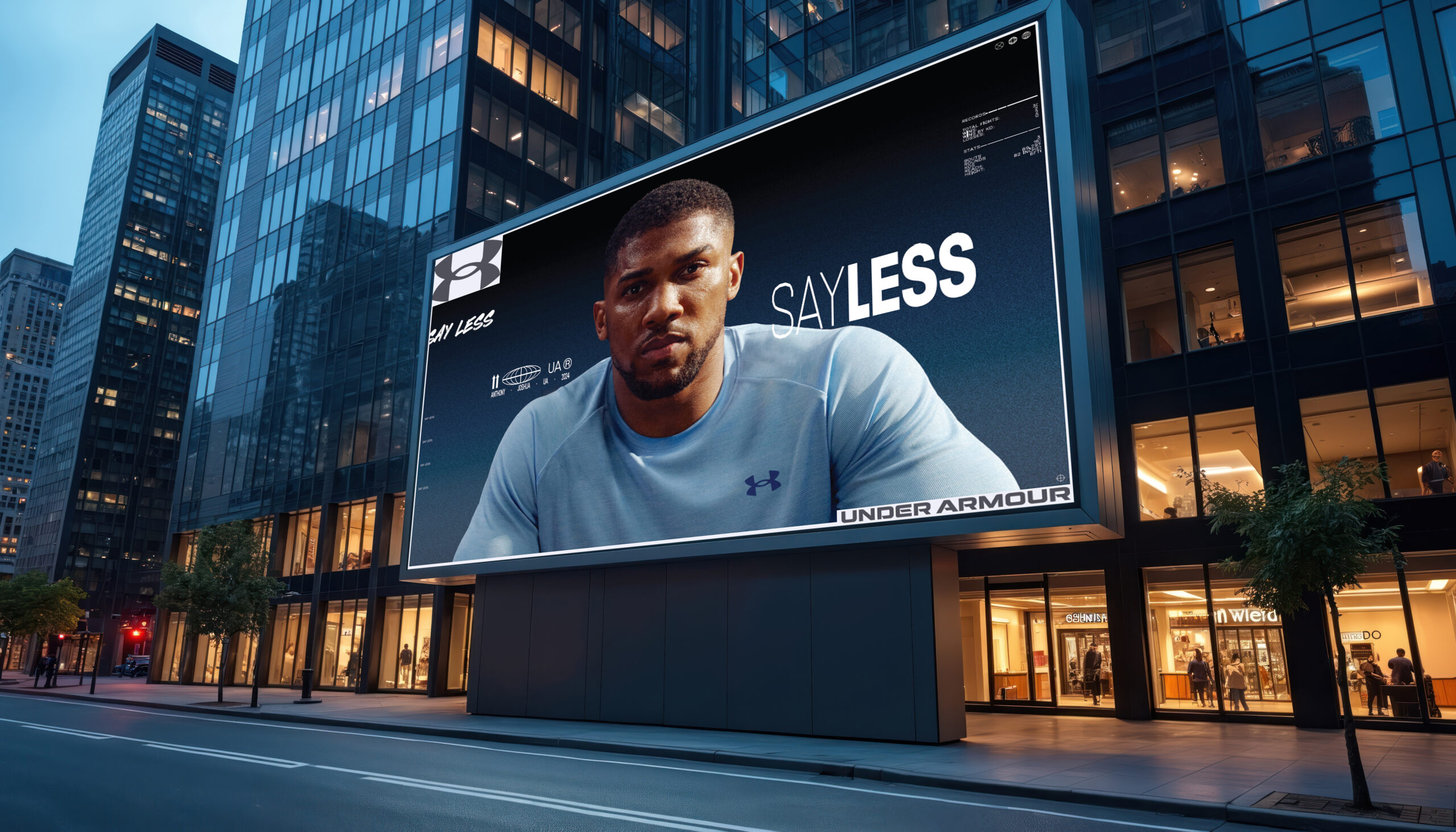James Lovell, [IBM IRDX VIBM] European Retail Solutions Executive explains what the concept of Artificial Intelligence means for retail in 2017.
AS ‘BIG data’ is becoming entrenched in retail strategy, retailers have been able to be even more creative with the way they use customer and product data in their engagement strategies. 2016 has certainly been the year of the experience and as such authenticity is key. In 2017, this will only proliferate with the channels of consumption, with AI playing a growing role in strategic management of customer engagement across every channel. Increasingly, we will see the focus expand beyond the customer into the role of the stakeholder, too. Imagine a digital merchandiser working with a system that can recognize natural language, able to simply ask a question of an interface – “I want to see the worst performing ankle boot in a line of men’s shoes by sell-through rate and margin.” In 2017, cognitive systems will be able to analyse the request, bringing together all the required data sources and present it in a way that the digital merchandiser has asked for.
2016 bore witness to a heightening debate on customer data – who owns it, who uses it and to whose benefit? The data value exchange is becoming ever more important, especially as consumers shift to dark data communications and messenger platforms where retailers traditionally weren’t able to derive insight. We will therefore need to be cognizant of the ‘big brother’ debate to deliver measured content on a personalised basis to a consumer who expects this of us without the willingness to share his/her data.
The concept of AI and cognitive, conversational commerce is becoming less futuristic by the day. Indeed, despite us looking into 2017, we have seen a number of examples reach success in 2016, forming the basis of retail strategy as we entered the new year. IBM research shows that by 2017, over 50% of all in-store, physical sales will be influenced by digital channels. This highlights the notion that consumers no longer differentiate by channel of consumption. Journeys are becoming more convoluted and retailers must be able to adapt to provide a seamless, frictionless experience on every touchpoint. AI is augmenting the potential behind big data in achieving this.
SOCIAL INSIGHT
Changes in behaviour across social media has shaped the retail approach to AI. The ability to decipher social media data to understand sentiment and behaviour is not new and indeed is fading as consumers switch to private messaging platforms. However, influencers on social media and prevailing external trends can provide key insights into product offerings and placement – the other side of the retail nirvana. With real-time insight into viral phenomena pertaining to social media chatter and external events, merchandisers can tailor their content and product offerings accordingly. For example, a new make-up trend demonstrated on Instragram by a beauty vlogger could trigger significant social media discussion and resulting web searches, insight into which can tailor decisions into when, where and how those associated products are projected to consumers.
With social media comes authenticity – it’s not just retailers who have rafts of data to deal with! Constant offers, communications and presence across channels, both physical and digital, mean that consumer attention spans are shrinking and they are becoming more discerning with regard to the content they consume. Often the content with the most integrity and credibility is that created by consumer peers or indeed themselves. User-generated content (UGC) is growing in significance in terms of advancing the loyalty concept, as it not only means that retailers must empower their customers as advocates to create this content, but also acknowledge that consumption today is more collaborative than ever before. Consumers want to feel part of a community – a club, or a cohort, and gain the recognition as a contributor or an influencer in that space. It’s now no longer about being the only person to consume a product or service, but the first – or indeed the most visible. Marketers and retailers must therefore tailor both their product and their content to the aspiring trend-setter and use insight to provide them with the platform to do so. Business Insider suggests that shoppers interacting with UGC are 97% more likely to convert with a retailer. To succeed with UGC, retailers need the real-time insight and understanding across unstructured data sources to engage with consumers on a deep enough level to encourage this behaviour.
2017 will be the year of natural language in the digital/physical retail hybrid world. Consumers expect the same level of experience, empathy and interaction irrespective of the channel. Increasingly, this means an expectation of an understanding of natural language, which is where AI really comes into play. Whether an in-store automated advisor, a chatbot on an ecommerce site or a voice-activated assistant such as Amazon’s Echo, retail in 2017 will centre on the concept of authentic conversation. The key here is having the ability to understand, learn and empathise with the language and idioms used by today’s consumer, especially given the level of frustration and transactional abandonment that can ensue if, and often when, it goes wrong.
FOCUS
Two focus areas for AI-driven retail in 2017 will be customer service and fulfilment. 2016 saw the growth of the chatbot and this will only continue to influence through 2017. The key is authenticity and the ability to engage with consumers naturally.
The boundaries of a chatbot’s understanding are expanding every day and importantly through every interaction, using advanced technology and natural language processing that enables it to learn and remember interactions for future conversations. In a convenience-driven economy, an interface which will reduce the user’s cognitive load is a priority and is accelerating the movement of a cognitive website to reality. As a high-touch industry, this is prevalent in retail more than anywhere else. Conversational shopping brings the empathy of the store associate with the insight from rafts of customer, product and external data to be able to act as the archetypal digital personal shopper. The bridging of the gap between in-store browsing and shopping online brings the best of both formats to the consumer – when it is done correctly.
Messaging apps such as Facebook Messenger, Slack and WhatsApp have become the most popular ways to communicate, with more than 80 billion messages sent every day. The ability to interact with consumers in this way will transform conversational commerce and understanding in 2017.
Another key challenge for retailers is managing their inventory levels, both efficiently and profitably to be able to fully deliver on the promise they make to consumers. With broadening fulfilment networks, if consumers aren’t able to access the products they want within the timescale, cost and location required, baskets will often be abandoned. To add an extra dimension, the introduction of the See Now Buy Now model to the catwalk at this year’s London Fashion Week put mounting pressure on retailers to cater for consumers’ real-time requirements. However if you are out-of-stock, you risk upsetting a consumer and losing the transaction. If you have a poor reputation for delivery, or do not provide the goods within the time/location specified, consumers will not only default to a competitor but they will encourage their peers to do the same, taking us back to the UGC concept.
Conversely, with too much stock, you have wasted money that could have been used elsewhere. AI can combat being out-of-stock by monitoring weather, purchase rates and consumer behaviour to more effectively manage and monitor the supply chain. The ability to mitigate and predict supply chain stocks and also use the insight to decipher the optimal location for a range of products based on externally available data provides retailers with a key differentiator and this will only grow in influence in 2017.




